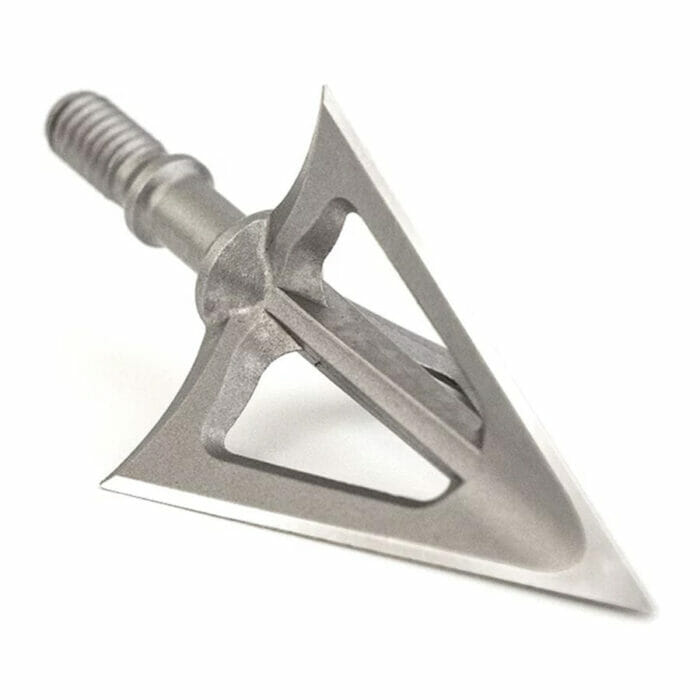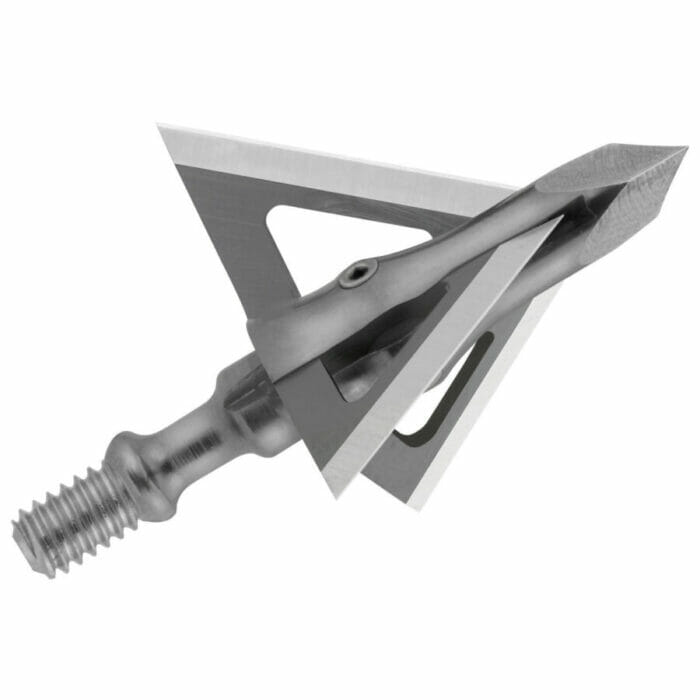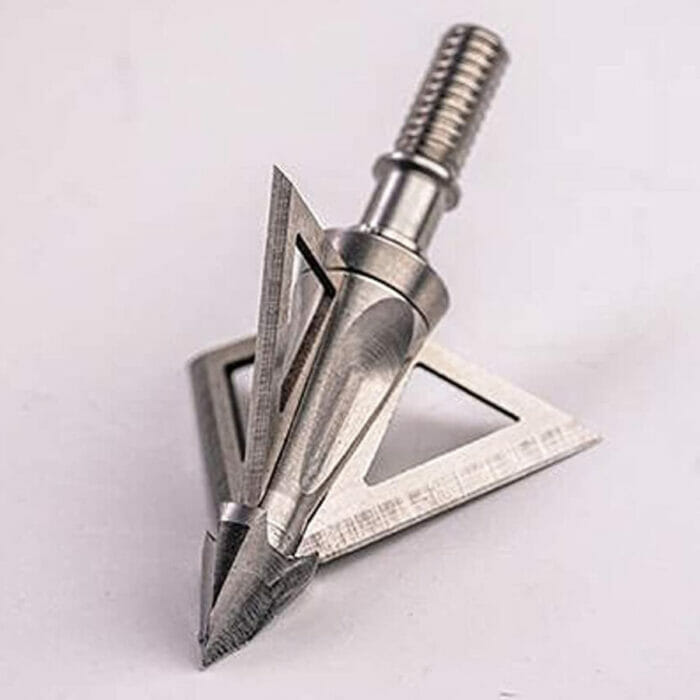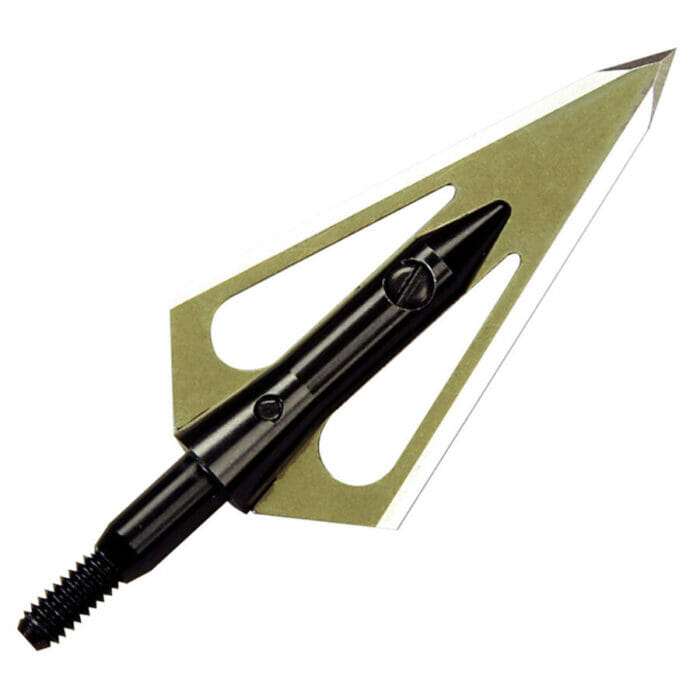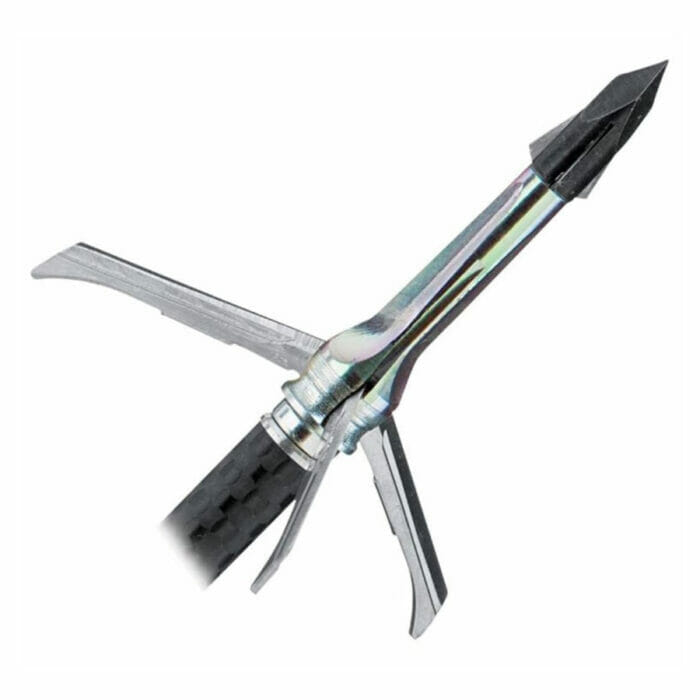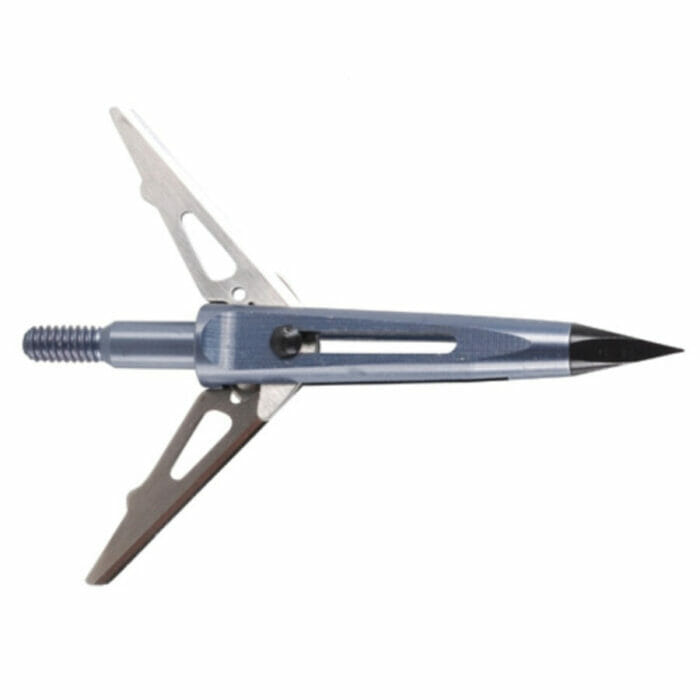Mechanical VS Fixed Broadheads: Know the Difference
Part of being a successful bowhunter requires being comfortable with your arrow setup. Choosing the right broadhead is a critical decision that can impact your hunting experience and your overall success. Like many decisions you make in bow hunting, it’s important to consider your hunting or shooting style, the type of game you’ll be hunting, and your preferences.
The choice between fixed and mechanical broadheads includes considering factors such as penetration, wound channel size, accuracy, cost, reliability, and personal preference. The best path to make your selection is to experiment with different broadheads, get some shots in, and assess the overall performance. You can determine which type suits your needs and hunting style best.
Let’s look at fixed-blade broadheads first.
Fixed Blade Broadheads
Fixed blade broadheads are exactly as the name implies. Fixed. The blades do not move or expand upon impact. Because of that, they are the simplest and most traditional type of broadheads available. The blades are usually solidly constructed and are more durable than mechanical broadheads. The fixed blade broadhead is known for its reliability, accuracy, and ability to penetrate the target.
Fixed blade broadheads are available in different configurations, which can include two, three, and four blade options. The blade count is based on the number of main cutting edges or primary blades on the broadhead. Broadheads with fewer blades will have a smaller cut diameter but allow for a more concentrated force of impact. Without other shot factors taken into consideration, this leads to deeper penetration.
Fixed blade broadheads can sometimes exhibit a higher variance in flight trajectory compared to mechanical broadheads. This is primarily due to the fixed blades creating more surface area and resistance as they travel through the air. The increased surface area can potentially cause slight deviations in flight, especially at longer distances or when shooting with certain bow setups. It’s important to take extra time in tuning your setup.
Pros
- Fixed blades are very durable.
- Deeper penetration and ability to punch your shots through light brush if necessary.
- No moving parts or points of mechanical failure.
- Relatively cheaper option.
Cons
- Smaller wound channels, potentially slowing blood trails.
- Additional attention is needed when tuning your bow to account for the changes in arrow flight.
A few examples include the G5 Montec, Muzzy Trocar, Wasp Mortem, and one of my recent favorites: the Magnus Stingers.
Mechanical Broadheads
Mechanical broadheads have retractable blades that open upon impact with the target. The blades are held in closed potion using a locking mechanism that releases upon impact, allowing the blades to deploy. The closed position of the mechanical broadhead blades during flight reduces the drag and turbulence, allowing for better aerodynamic performance, which can lead to improved arrow stability and increased accuracy compared to some fixed blade broadheads.
The advantage of mechanical broadheads is that they create larger wound channels and have a greater cutting diameter, which can result in quicker kills. It is quite impressive if you have never seen a wound channel from a mechanical broadhead.
Mechanicals, in general, more expensive than fixed blade broadheads and can be less reliable, as the mechanical components can malfunction.
Pros
- Higher cut diameter leads to larger wound channels.
- Easy to set up. Most come with a practice tip, and the arrow flight is similar to field tips.
- The streamlined design increases flight performance.
Cons
- More moving parts could increase points of failure.
- Punching your arrows through light brush could cause early deployment.
- Less penetration
Examples of mechanical broadheads include the Rage Hypodermic, Grim Reaper Pro, and the NAP Killzone.
Conclusion
Ultimately, the choice between mechanical and fixed-blade broadheads should be based on personal preference, hunting conditions, and the specific game being pursued. No matter which broadhead you choose, you will be in good shape if you tune your bow appropriately and practice your shots. To make tuning your bow easier, you can match the grains of your practice tips and your broadheads. The weight of the broadhead can affect its flight characteristics and penetration capabilities. You can select different weights based on bow setup, arrow spine, and the type of game being hunted.


